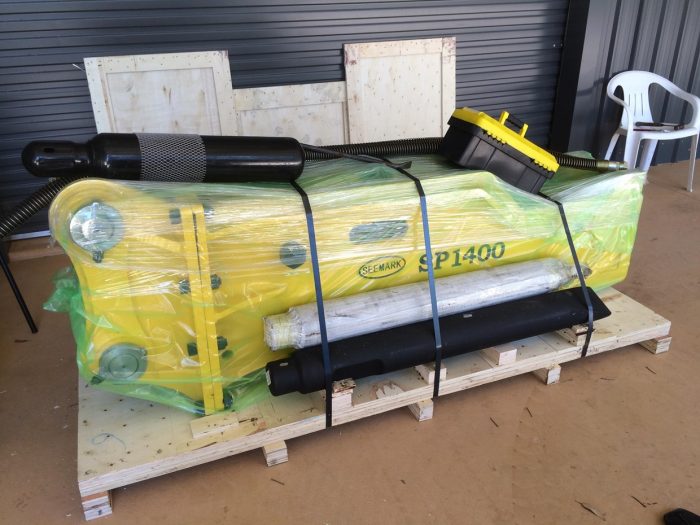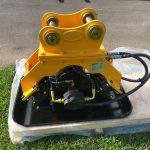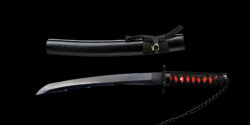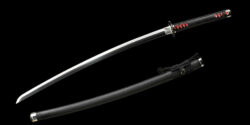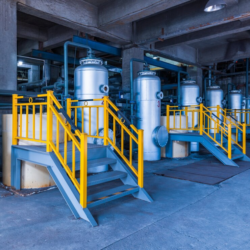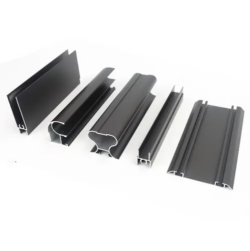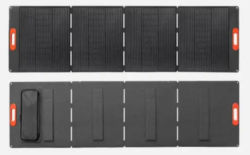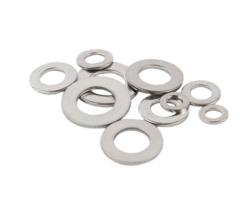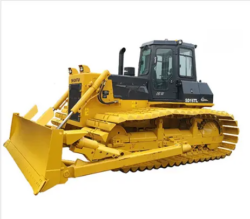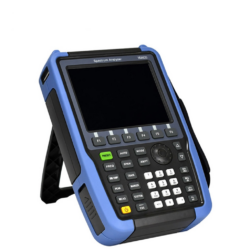Choosing the Right Hydraulic Hammer for Your Construction Project in Australia
Construction projects in Australia demand robust and efficient equipment to get the job done. A hydraulic hammers Australia is essential when breaking and demolishing rigid materials like concrete and rock. Selecting the proper hydraulic hammer for your construction project can significantly impact the speed and success of your work. Here, we’ll break down the key factors to consider in a simple and easy-to-understand manner.
Types of Hydraulic Hammers
Before diving into the decision-making process, it’s essential to understand the different types of hydraulic hammers available. Each type has its strengths and applications. Here are the main types:
Standard Hydraulic Hammers: These are versatile hammers suitable for various tasks. They’re commonly used for breaking concrete, asphalt, and medium-hard rocks. A standard hydraulic hammer might be your best bet if your project involves various materials.
Silenced Hydraulic Hammers: These hammers are designed to reduce noise levels during operation. They’re ideal for projects in urban areas or places with noise restrictions. Silenced hammers are effective for breaking concrete and rocks while minimising noise pollution.
Heavy-Duty Hydraulic Hammers: A heavy-duty hammer is the way to go when dealing with particularly tough materials, such as heavily reinforced concrete or arduous rocks. These hammers deliver greater impact force, making them suitable for challenging tasks.
Factors to Consider
Selecting the proper hydraulic hammer involves considering several essential factors determining the hammer’s effectiveness and suitability for your project.
Project Scope and Materials
Before anything else, evaluate the scope of your construction project. Are you working on a small residential site, a commercial building, or a large infrastructure project? Additionally, identify the types of materials you’ll be breaking. Different hammers are designed to handle specific materials and project sizes.
Excavator Size and Compatibility
Hydraulic hammers are attached to excavators. It’s crucial to ensure that the hammer you choose is compatible with the size and specifications of your excavator. Installing an incompatible hammer can lead to inefficient performance and potential damage.
Impact Energy
The impact energy of a hydraulic hammer determines its braking power. You’ll need a hammer with higher impact energy for more robust materials. However, a lower-impact energy hammer will suffice for lighter materials, and using a higher-impact hammer could cause unnecessary damage.
Operating Weight
Consider the operating weight of the hydraulic hammer. If the hammer is too heavy for your excavator, it can affect stability and maneuverability. On the other hand, if it’s too light, it might not deliver the required impact force.
Maintenance and Support
Like any equipment, hydraulic hammer for excavator require regular maintenance to ensure optimal performance. Before deciding, check the availability of spare parts and manufacturer support. Opt for a brand that offers reliable customer service and readily available replacement parts.
Steps to Choose the Right Hydraulic Hammer
To simplify the decision-making process, follow these steps:
Step 1: Assess Your Project
Determine the scale of your construction project and the materials you’ll be breaking. This initial assessment will guide your choice of hydraulic hammer type and specifications.
Step 2: Evaluate Excavator Compatibility
Check your excavator’s specifications and weight limits. Choose a hydraulic hammer that matches your excavator’s capabilities to ensure smooth operation.
Step 3: Determine Impact Energy
Calculate the required impact energy based on the materials you’ll be breaking. It will help you select a hammer with the appropriate breaking power for your project.
Step 4: Consider Operational Weight
Factor in the operating weight of the hammer and how it affects your excavator’s stability. Find a balance between impact force and stability for optimal results.
Step 5: Research Maintenance and Support
Look into the manufacturer’s reputation for customer support and the availability of spare parts — Prioritise brands with a track record of reliable service.
Comparing Hydraulic Hammer Types
Now, let’s delve deeper into the different types of hydraulic hammers and their specific advantages.
Standard Hydraulic Hammers Advantages:
Versatile: Suitable for various materials, including concrete, asphalt, and medium-hard rocks.
Balanced Performance: Offers a good balance of impact energy and operating weight for general construction tasks.
Widely Used: Standard hammers are commonly found on construction sites due to their versatility.
Considerations:
It may not be optimal for rigid materials or heavy-duty tasks.
Impact energy might need to be increased for demanding projects.
Silenced Hydraulic Hammers Advantages:
Reduced Noise: Designed to minimise noise levels, making them perfect for projects in noise-sensitive areas.
Effective: Offers efficient breaking capabilities for concrete and rocks while lowering noise pollution.
Environmental Compliance: Helps meet noise regulations and community requirements.
Considerations:
Impact energy might be lower compared to standard hammers.
It could be better for heavy-duty tasks involving rigid materials.
Heavy Duty Hydraulic Hammers Advantages:
High Impact Energy: Delivers a powerful impact force, making them practical for breaking through rigid and heavily reinforced materials.
Heavy-Duty Tasks: Designed for demanding projects involving hard rocks and challenging materials.
Efficiency: Reduces the time and effort required for breaking through harsh surfaces.
Considerations:
Higher operating weight might limit maneuverability for some excavators—overkill for lighter materials or smaller projects.
Making an Informed Decision
To illustrate the decision-making process further, let’s consider an example scenario:
Scenario: You’re a construction manager working on a commercial building project in Sydney. The project involves breaking concrete and rocks to prepare the foundation for the building.
Steps to Choose the Right Hydraulic Hammer:
Assess Your Project: Given that you’re working on a commercial building project, you’ll likely need a hydraulic hammer with enough power to break through concrete and rocks effectively.
Evaluate Excavator Compatibility: Check your excavator’s specifications and weight limits. Choose a hydraulic hammer that matches your excavator’s capabilities, ensuring stability during operation.
Determine Impact Energy: Since you’re dealing with concrete and rocks, you’ll need a hammer with moderate to high impact energy. It will allow you to break through harsh surfaces efficiently.
Consider Operational Weight: Keep in mind the operating weight of the hydraulic hammer. You want to balance impact force and stability, ensuring optimal performance.
Research Maintenance and Support: Look into reputable brands known for their customer support and availability of spare parts. It will ensure that you have a reliable backup throughout the project.
Final Decision: Considering the project’s requirements, a standard hydraulic or heavy-duty hammer could be suitable. A heavy-duty hammer would efficiently provide the necessary power for breaking through concrete and rocks. However, if noise regulations are a concern, you might opt for a silenced hydraulic hammer.
In Conclusion
Choosing the proper hydraulic impact hammers online for your construction project in Australia is a critical decision that can impact the efficiency and success of your work. You can make an informed choice by understanding the types of hammers available and considering factors like project scope, excavator compatibility, impact energy, operating weight, and maintenance support. Remember, each project is unique, so take the time to evaluate your specific needs before investing in a hydraulic hammer. With the right equipment, you’ll be well-prepared to tackle even the most demanding construction challenges Down Under.
